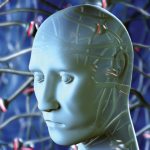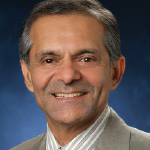“We always tell our patients, health is not merely the absence of disease,” Dr. Anandarajah said. “Similarly, we should recognize that joy is not just the absence of burnout. It’s important that we create a safe and humane environment for us to find meaning and purpose in our work, and that would be the first step in restoring the joy of practicing medicine.”
Historically, studies have focused on interventions to help doctors deal with stress, including such strategies as mindfulness practices, coping techniques and cognitive behavioral therapies. But these strategies treat the symptoms rather than the causes of stress and burnout.
Takeaways
“While burnout manifests in individuals,” Dr. Sinsky said, “it originates in systems.” Her presentation, based on a Stanford training course she gives for chief wellness officers, focused on research-based ways in which administrators can fix the workplace rather than attempting to fix the worker. Here is what the research suggests:
Find ways to allow providers to spend more time delivering care than documenting it. In an AMA-funded study, researchers trained medical students to shadow 57 physicians across four specialties in four states.3 The students recorded these physicians’ activities throughout the day using seven different electronic health record (EHR) systems and found that 50% of the work day was spent on EHR and desk work. The physicians also took home one to two hours of EHR work at night, which the study called “pajama time.”
A subsequent study at the University of Wisconsin–Madison School of Medicine and Public Health showed that primary-care physicians spent 50% of the work day on EHRs.4 This study also showed a peak in EHR use during weekend evenings, which Dr. Sinsky called “date night.” Most of these EHR tasks, which may include order entry, billing and coding, do not require a medical school education.
Medical practices and larger institutions that rely on physicians to perform these tasks risk increased physician burnout and financial costs to the organization. Rather than try to train physicians to become more efficient with EHRs, Dr. Sinsky believes empowered nursing is the answer.
Small efficiencies can add up. Physicians in most specialties, including rheumatology, can save three to five hours per day by re-engineering the way work is done, Dr. Sinsky said. This means improving work flow, reducing cognitive burden and taming inboxes and EHRs by strategically delegating work to an upskilled staff.
In rheumatology, for example, ordering laboratory work pre-visit can allow test results to be discussed during a patient’s appointment rather than requiring a subsequent phone call or office visit, saving 30 minutes of physician time per patient.


